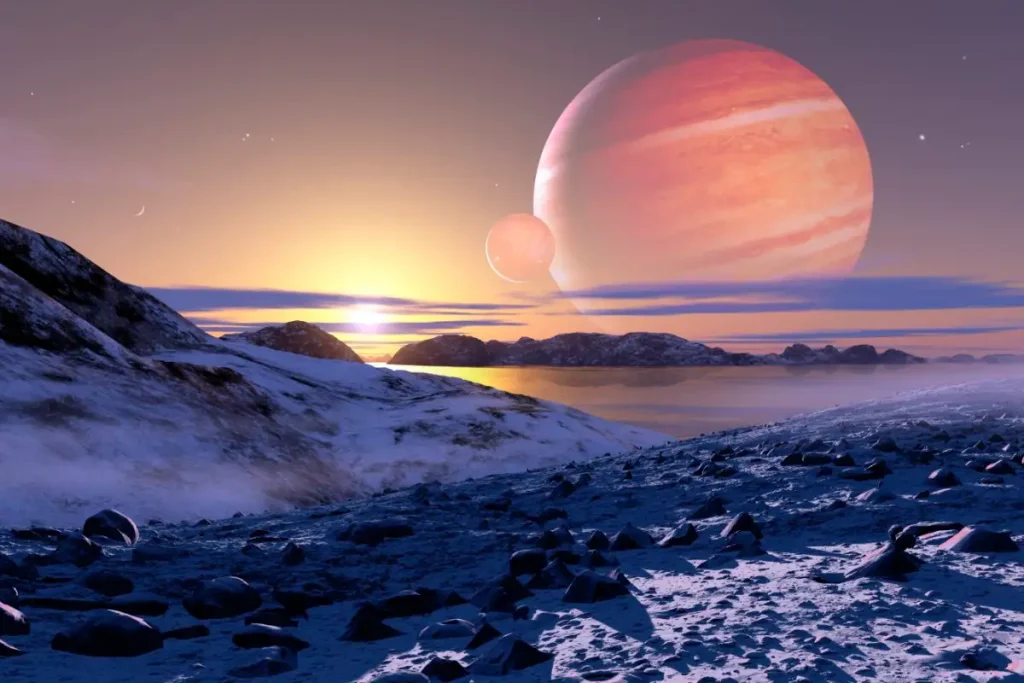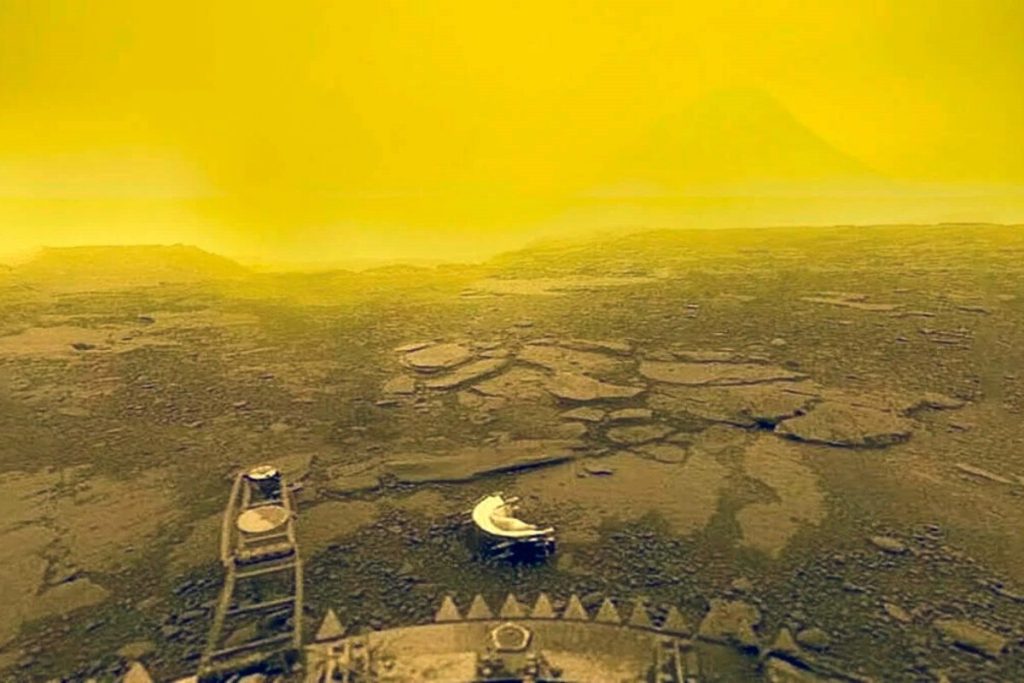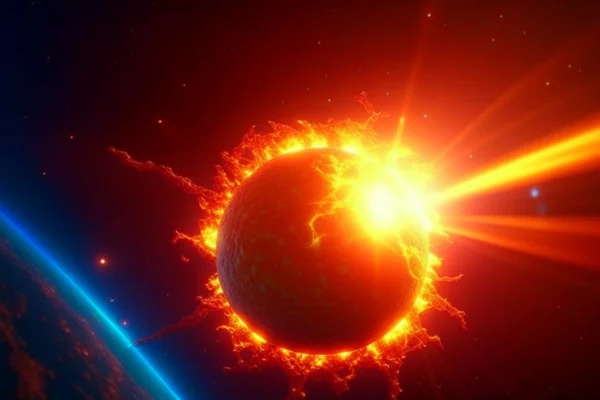Discover how NASA revealed the existence of an underground ocean, a discovery that transforms our understanding of the planet.
A group of researchers from NASA discovered the existence of a salty underground ocean, not on Earth, but in our solar system. This ocean is located on one of Jupiter’s 95 moons and could represent a significant change in science.
These bodies of water could indicate the presence of bodies in space capable of supporting life. For this reason, Callisto, one of the natural satellites of this planetary giant, is undergoing exhaustive analysis.
NASA discovery: how did they locate the hidden ocean?
The team led by Corey J. Cochrane published in AGU Advances that they used data from the Galileo mission to review magnetic measurements obtained during several flybys of Jupiter’s second largest moon.

This data, collected in 1990, revealed a magnetic induction signal indicating an interaction between the gas giant’s magnetic field and a conductive layer on the moon.
After extensive analysis, despite the difficulty of studying its gaseous atmosphere, they concluded that the magnetic observations were not just an effect of the ionosphere. Thus, they determined that a subterranean ocean exists.
What does Jupiter’s subterranean ocean mean for science?
Cochrane’s study indicated that this subterranean ocean would be deep and extensive, tens of kilometers wide. In addition, it would have a layer of ice that would vary in thickness.

Although the evidence is promising for science, more results are still needed to confirm the body of water. Therefore, missions such as NASA’s Europa Clipper and the European Space Agency’s JUICE (Jupiter Icy Moons Explorer) will be key to discovering it.
If confirmed, it would be a scientific milestone in the habitability of spaces outside Earth. Experts continue to investigate the possibilities for the development of life, as is being done on Europa, another moon of Jupiter.


